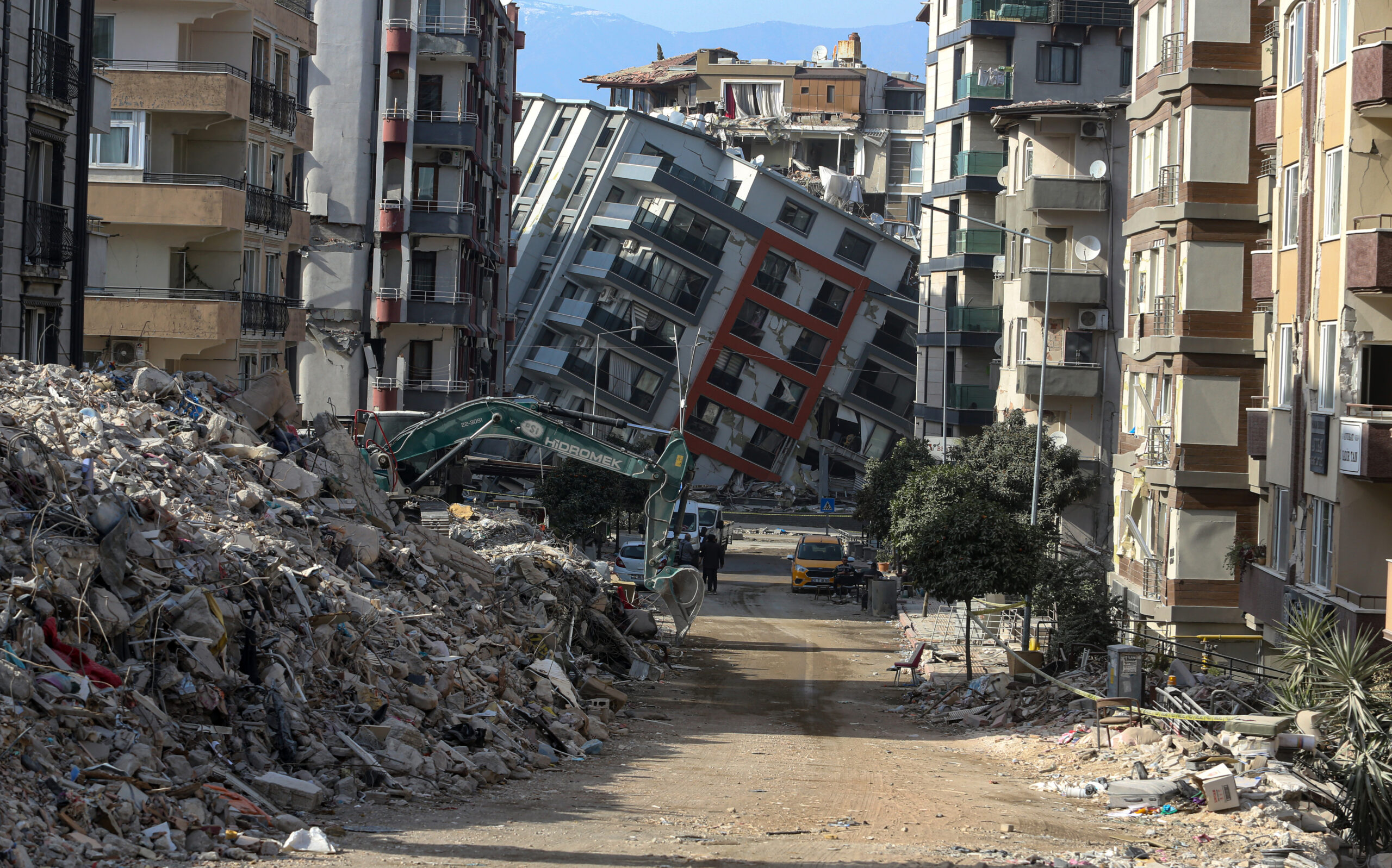Earthquake-related disruptions will almost certainly remain a high risk to businesses operating in Asia in the coming years.
This assessment was issued to clients of Dragonfly’s Security Intelligence & Analysis Service (SIAS) on 24 February 2023.
- Some of the most intense earthquakes are in Asia, posing persistent risks to business operations
- Critical infrastructure and supply chains are very likely to be disrupted for up to several months following high-magnitude earthquakes
- Less developed countries, especially Bangladesh, Nepal and the Philippines, remain particularly exposed to longer-term disruption from earthquakes
Asia Pacific and South Asia are among the most seismically active regions globally. Seismologists are still unable to predict exactly when and where major earthquakes will happen but earthquake-related damage and disruption varies based on the preparedness and quality of infrastructure within a country. This leaves lower-income countries, such as Bangladesh, the Philippines and Nepal, particularly exposed to longer-lasting disruption.
Earthquake-prone regions
There is almost no doubt that strong earthquakes will occur in Asia in the coming years. Several countries there, including China (1), Indonesia (2) and Japan (4), are among the top ten globally where the most earthquakes have occurred in the past century. That is according to data from the US National Oceanic and Atmospheric Administration (NOAA) Major fault lines and plate boundaries – where earthquakes usually occur – run through the region. According to our analysis of this data, Oceania has the highest average magnitude of earthquakes (7.7) out of any continent globally, meaning it is particularly susceptible to strong tectonic events.

It is impossible to predict the exact timing and location of major earthquakes and subsequent tectonic events such as aftershocks and tsunamis. But earthquake risk mapping by UNOCHA shows there is a 20% probability of large areas of the Asia region experiencing intense earthquakes (Level VII – XII on the Modified Mercalli Scale) within 50 years (see map). This mapping identifies large areas of Bangladesh, China, Japan, Myanmar, Nepal, Indonesia, Papua New Guinea and the Philippines as particularly susceptible to intense earthquakes.
Operational risks and economic losses
Business operations in Asia are likely to be exposed to a range of risks due to earthquakes. These include the damage and disruption to supply chains and critical infrastructure, including transport, energy and communications. A study by the Asian Development Bank (2022) found 72.4% of the 30,000 assets it assessed in Asia Pacific are exposed to earthquakes. Earthquake-related disruption would be highly likely to persist for between a few weeks to several months. Aftershocks in the hours, days and weeks after the mainshock would almost certainly exacerbate damage and hamper the recovery effort.

Lower-income countries, particularly Bangladesh, the Philippines and Nepal, are likely to be disproportionately affected by earthquakes. This is due to the quality of buildings and infrastructure, population density, level of preparedness of the emergency services and available resources. Based on our analysis of NOAA data, a 1% increase in GDP per capita is associated with a 0.31% decline in the number of deaths from earthquakes. An earthquake near Kathmandu in Nepal in 2015 killed more than 8,600 people. Whereas an earthquake of a similar magnitude in New Zealand in 2016 killed two.
Less-developed countries are also likely to incur greater damage relative to their GDP than more developed nations, hampering response efforts. Japan, which has one of the highest GDPs in the region, has incurred the highest cost of damage from earthquakes globally in the past century, according to NOAA data. But our analysis shows it does not feature in the top 20 countries when this is taken as a percentage of its GDP. Higher-income countries are very likely to have greater resource availability to respond quickly and effectively to major tectonic events, reducing the extent of disruption to businesses.
Limits to mitigation
Nevertheless, even the more sophisticated infrastructure and well-prepared emergency services in higher-income countries are highly unlikely to completely mitigate against the most extreme tectonic events. The highest magnitude earthquakes can cripple the infrastructure within any country for at least several weeks; the magnitude 9.0 Tohoku earthquake and tsunami in Japan in 2011 damaged over 2,000 roads and 26 railways, left 4.4 million people without power and caused US$235bn worth of damages.
Image: Buildings destroyed by the earthquake on 1 March 2023 in Hatay, Türkiye. Photo by Dia Images via Getty Images.







